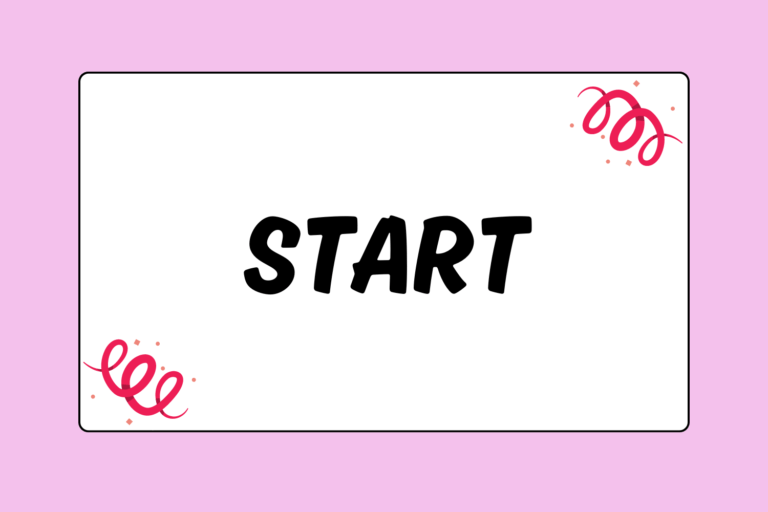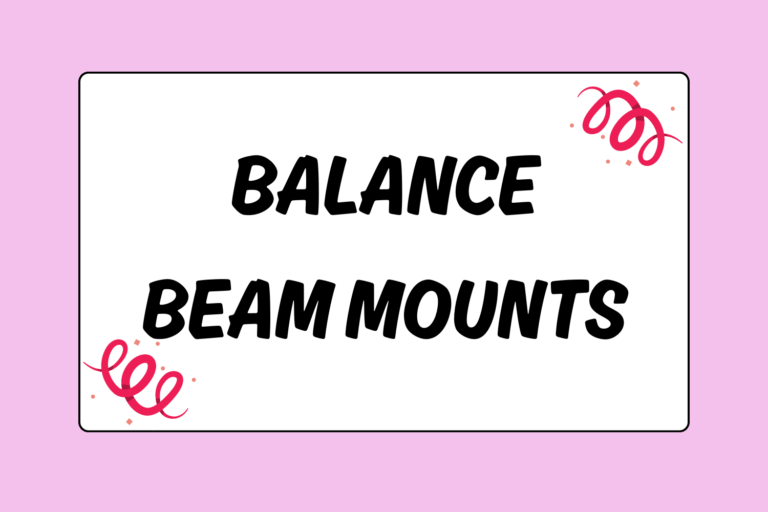Tumbling is an essential component of gymnastics. One of the most common tumbling moves that a gymnast will learn is the back handspring. It is often a skill that leap frogs a gymnast from the recreational level up to the competitive realm.
A back handspring serves as the foundation for more advanced skills on the floor, balance beam and vault. It is not an easy skill to learn, but it is also not too difficult—plus it’s fun to perform and a great way to grow as a gymnast.
Here are some steps that will have you on your way to performing a back handspring in no time.
Step 1: Warm-up & Stretch
Before you start, it is important to make sure a qualified coach or tumbling instructor is helping you. The coach will not only provide you with lessons in proper technique, but will also spot you and make sure you don’t hurt yourself.
Once you are with a qualified coach, start your day with a good warm-up and stretching regimen:
- Jog or move around for 5-10 minutes.
- Next, thoroughly stretch your legs, back and arms, holding each position for at least 20 seconds.
- After you have stretched, do a few back bends (also called bridges). You can do a back bend from a standing position or from the ground by putting both your hands and your feet on the ground and arching your back into the air. This will stretch out your back and get you ready for the back handspring.
- Finish warming up with a few round-offs.
Step 2: Proper Body Alignment
To start the back handspring, stand on a mat and properly align your body:
- Stand on the balls of your feet, with your body completely straight.
- Stretch your arms over your head, like you are reaching for the ceiling.
- Keep your wrists firm, head forward, and make sure your arms are slightly touching your ears.
Hot Tip: Don’t Look Back
While jumping into your back handspring, keep your head straight forward the entire time. It is natural to want to look back so you can see where you are going, but this will throw off the alignment of your jump and may also cause you to fall on your head. It may be scary at first, but trust your technique and keep your head forward.
Step 3: Sitting Position
Now comes the fun part. To start the back handspring you need to push off the ground and get ready to jump backwards.
Here is how you do it:
- From the standing position, bend into a sitting posture while transferring your weight from the balls of your feet to your heels.
- At the same time, swing both of your arms down to your hips and slightly round your back in the sitting position. The arm swing and the sitting position must occur simultaneously to create a controlled, fluid movement.
- A powerful arm swing is essential to gain the proper momentum necessary to successfully complete a back handspring.
Step 4: The Back Handspring Jump
The jump is an important step in the back handspring, but it is often the scariest. Make sure a coach is spotting you.
Here is how you do it:
- As you lean back into the chair position, swing your arms back up towards your ears and jump backwards. The more powerful your arm swing is, the stronger your backward motion will be.
- It is important to remember to jump backwards and not upwards.
- While jumping backwards, always keep your arms straight. Your arms keep your head from hitting the ground, so it is important to keep them locked out at all times.
Hot Tip: Practicing the Block
One of the trickiest parts of learning how to do a back handspring is mastering the block that is required once your hands make contact with the ground. To practice this motion, do a handstand and work on pushing your hands off the ground, so that you are hopping with your hands. You will quickly learn the technique needed to propel yourself backwards with your shoulders and hands.
Step 5: The Back Handspring Arch
After the jump, you will be airborne for just a moment before you land on your hands. The body will be in an arched position, similar to the back bend you practiced before you started. It is very important to keep your body tight in this part of the skill.
To maintain position:
- Once in the air, keep your arms straight and your legs locked.
- Your back will have a slight arch to it, with your hands reaching behind you for the ground.
- When your hands touch the floor, make sure your palms are flat on the ground with your fingers facing your feet.
Step 6: Landing the Back Handspring
As you come out of the bridge position, your body will be in a handstand with arms and legs locked tight. In order to get back on your feet in the correct way, you need a strong shoulder push off the ground, also called a block.
- As you push off of the mats with your hands (which is basically a strong shrug of the shoulders), you will be airborne for only a moment before your feet hit the ground.
- Once you block, lift your chest up so that you can land in a standing position.
- Keep your legs and back straight as you land.
- You should end in the same position in which you began with your body in a straight line.
Attainable Skill
Learning how to do a back handspring is critical for any gymnast who wants to increase their skill level and overall versatility in the sport. It is an attainable skill, but it takes practice and patience. Remember to always use a spotter when tumbling until you are completely comfortable doing it on your own.





